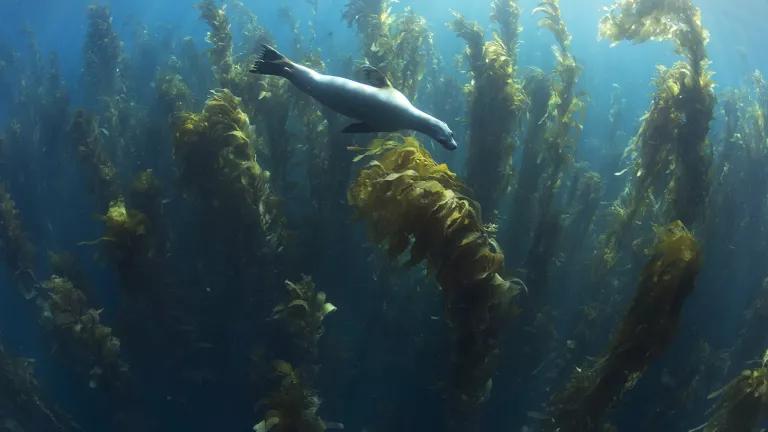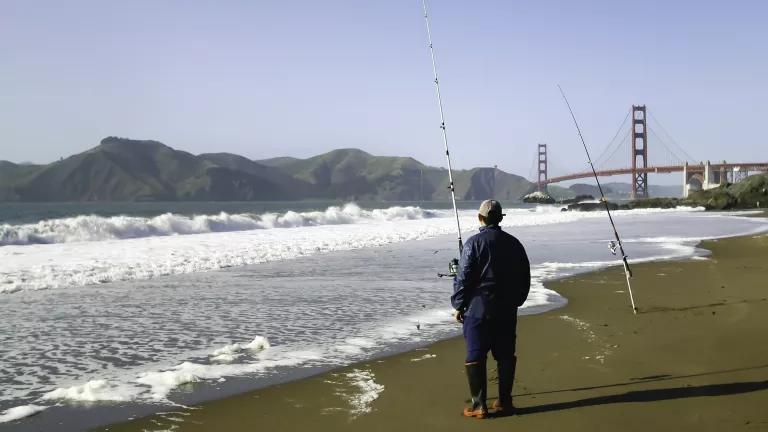The First 10 Years: Measuring the Success of California’s Underwater Parks
There are positive signs that California’s marine protected areas network is promoting ecosystem health by supporting biodiversity; providing refuge for more, bigger, and older fish; and even showing attributes of climate resilience.

A California sea lion in Santa Barbara Island State Marine Reserve
Richard Herrmann
In 2012 California created a groundbreaking network of underwater parks called marine protected areas (MPAs). Today, California’s network consists of 124 designated areas along the coast that represent important habitats and are linked ecologically by ocean currents. Ten years after implementation, California’s MPA network is undergoing its first Decadal Management Review to evaluate the early impacts of these parks. While trends vary by species and by region, at this early stage scientists are observing positive signs that California’s MPA network is promoting ecosystem health by supporting biodiversity; providing refuge for more, bigger, and older fish; and even showing attributes of climate resilience.


